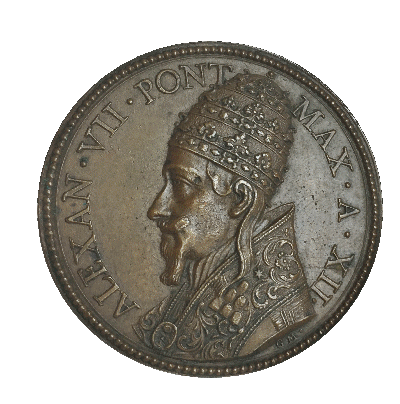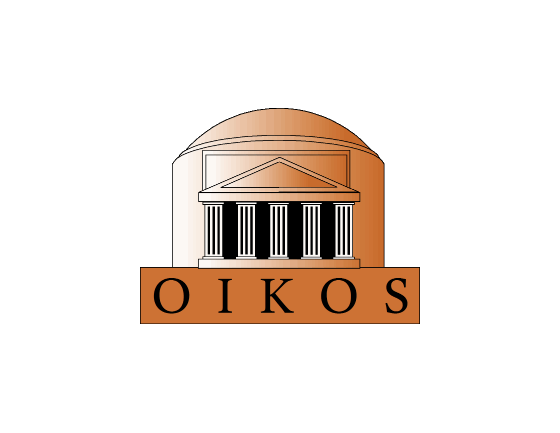Course content
Look at a coin in your hand, and you may see the face of a person. On modern euro coins, this person is often a living queen or king, or a historical figure that represents a specific EU country. They stand in a long tradition: in the Roman Empire and in early modern Rome, emperors and popes figured widely on coins and medals. The coins represented their power, and the images of these authorities affirmed the value of the objects. During most of the Roman Republic, however, living persons were hardly displayed on coins. How can we explain the presence and absence of images of authorities on coins in different historical contexts? And how can we interpret the presence of other living persons on coins’ obverses and reverses? After all, (anonymous) representatives of different societal groups, such as armies, citizens and provincials, often figure on Roman and early modern coins and medals as well. Does this practice hint at specific audiences the objects were meant for?
This course focuses on the use of coins as a historical source for broader questions regarding representation and power in the Roman and early modern period. Students will be challenged to decipher and interpret the information conveyed by these exceptional primary sources, on which text and images are combined. In addition to theoretical and methodological skills, the students will also learn how to create a digital exhibition of a selected number of numismatic objects that fits the theme of the course.
Lecturers
Drs. Paul Beliën (Dutch Central Bank)
Dr. Liesbeth Claes (Leiden)
Dr. Martin Hirsch (München)
Prof. dr. Fleur Kemmers (Frankfurt am Main)
Dr. Erika Manders (Nijmegen)
Dr. Marleen Termeer (Nijmegen)
Target groups
MA-, RMA students and PhD candidates in (Ancient) History, Art History, Classics and Archaeology from the KNIR partner universities (UvA, VU, UL, UU, RU and RUG) as well as from German universities. The course is part of the OIKOS education program for PhD students. No specific knowledge of Greek or Latin language is required.
Form of education
- Seminars and lectures
- Individual study and research in the libraries of the KNIR and DAI
- Workshops on numismatic methods
- Museum visits
- ‘Hands on’ sessions
- Group assignment
Course material
Will be made available some weeks before the start of the course.
Credits
The study load is the equivalent of 5 ects (140 hours) and comprises ten days of study in Rome. Each student should arrange with his/her university whether the course can be part of the existing curriculum. Upon successful completion of the course, the KNIR will provide a certificate mentioning the study load and evaluation tools.
The study load is based on:
- Before arriving in Rome: independent study of course material: 1 ECTS (28 hours)
- Seminars and workshops in KNIR and DAI, excursions and museum visits in Rome: active participation: 2 ECTS (56 hours)
- Research & study for final assignment: 2 ECTS (56 hours)
Application and admission
This is a selective course with a maximum of 15 participants. The selection of (R)MA students is based on grades, the positioning of the course in the student’s curriculum, and a letter of motivation. The selection of PhD students is based on the letter of motivation and curriculum vitae.
Students can apply via the form below. Include in your application:
- a letter of motivation
- a cv
- for (R)MA students: a recent list of grades officially provided by your university
Deadline application
15 January 2022
Please note that the decision of the selection committee is final and no correspondence will be entered into.
All students affliated to the aforementioned Dutch universities and German universities and other scientific institutes receive support from the KNIR or DAI for their travel costs and accommodation.
More information
KNIR: secretary@knir.it
Dr. L. Claes (Leiden University): l.claes@hum.leidenuniv.nl
Dr. E. Manders (Radboud University): erika.manders@ru.nl
Dr. M.K. Termeer (Radboud University): marleen.termeer@ru.nl
Background image: Coin hoard Buren 2014 (Nationale Numismatische Collectie, De Nederlandsche Bank, picture: P.J. Bomhof, Rijksmuseum van Oudheden, Leiden)
This course is organized in collaboration with











